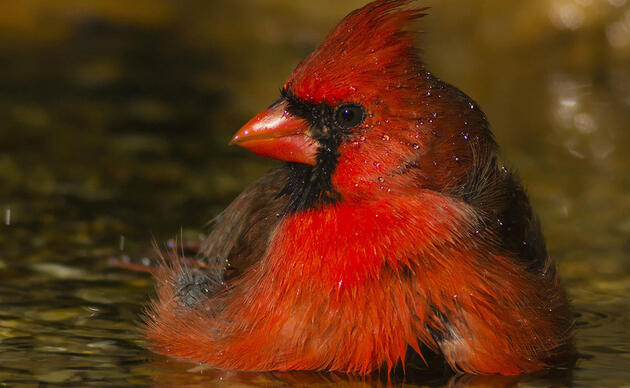Maximizing Restoration Results in the Southern Everglades and Florida Bay
Florida Bay is a shallow, sub-tropical estuary nestled between the coastal wetlands of the Southern Everglades and the Florida Keys. This unique area is home to a wide diversity of wildlife including Roseate Spoonbills and other wading birds, crocodiles, lobster, and pink shrimp. Florida Bay is also critical habitat for young and adult gamefish like tarpon and bonefish.
The health of Florida Bay and the Southern Everglades are linked together and depend upon the flow of freshwater.
After decades of man-made changes, water does not arrive in the right amounts in the right place at the right time. Precious wetland habitats are parched and salinity levels in Florida Bay are often too high. As a result, there are less wading birds and other wildlife in this internationally recognized biosphere reserve.
Restoring the flow of water is needed to improve habitat so it can once again support an amazing abundance of wildlife. State and federal restoration partners need to remove the barriers that block the flow of water south to Everglades National Park and prevent water from seeping out into urban areas. The C-111 South Dade Project is part of a suite of projects that will help restore the River of Grass.
Click the link below to learn more about this exciting Everglades restoration project. Please feel free to print and share this fact sheet at your next Audubon Chapter meeting or community gathering.
How you can help, right now
Donate to Audubon
Help secure the future for birds at risk from climate change, habitat loss and other threats. Your support will power our science, education, advocacy and on-the-ground conservation efforts.
Become a Monthly Donor
Donating monthly is flexible, easy and convenient and makes you a champion birds can count on, no matter the season.
Volunteers Needed
Florida's birds and wildlife need your time and energy. Learn how you can become a citizen scientist or a volunteer at one of our nature centers today.




